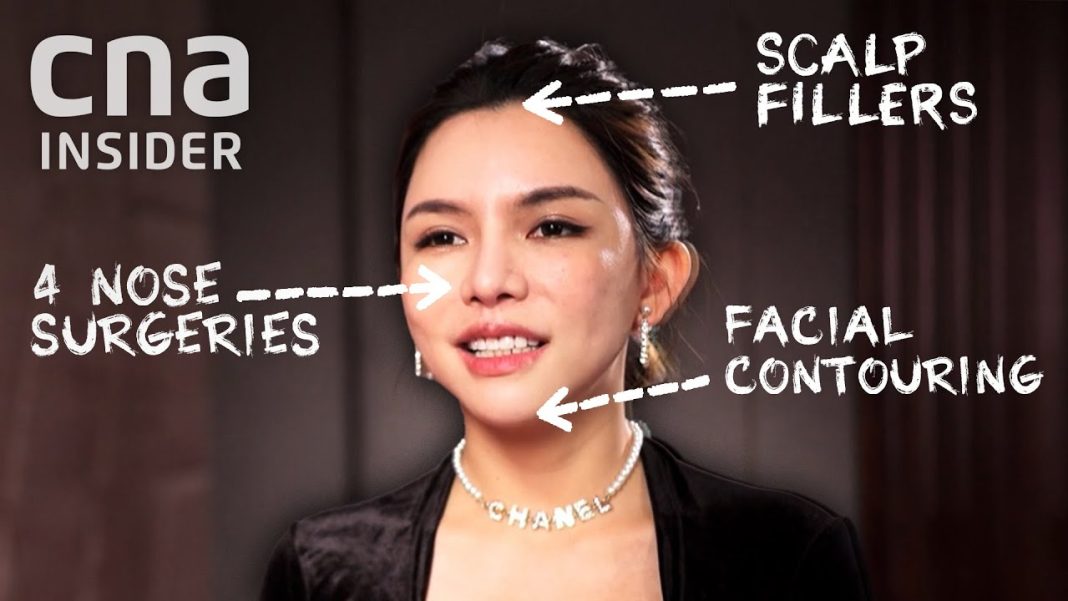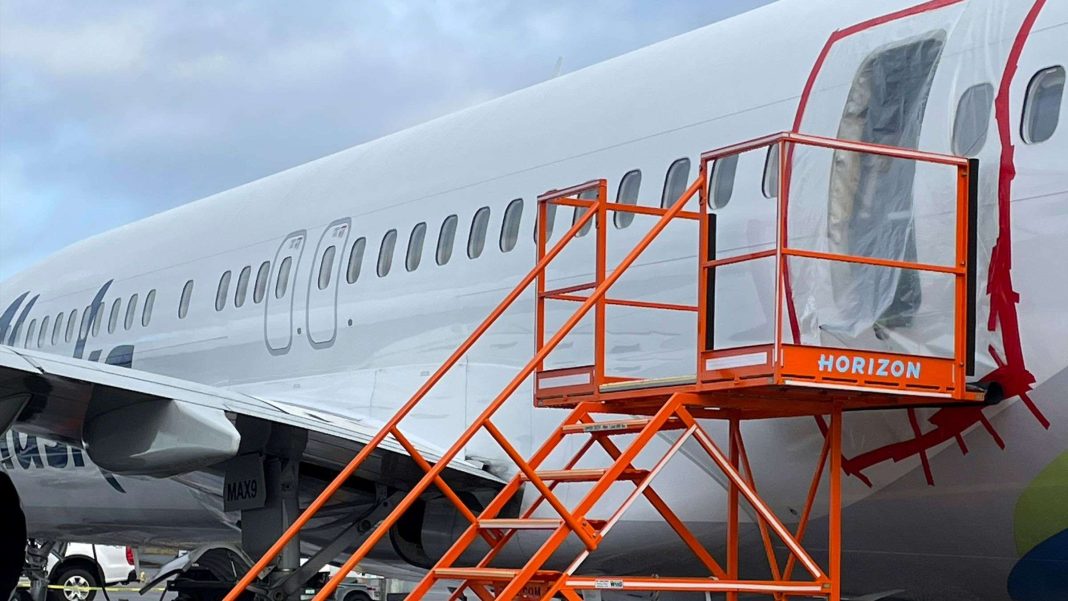 What to Do If Your Federal Student Loan Is in Default
What to Do If Your Federal Student Loan Is in Default
If you find yourself in a situation where your federal student loan is in default, there are options available to help you get back on track. Typically, loans go into default when you fall behind on payments by nine months or more. One of the options to consider is the Fresh Start program, which can be a huge help for borrowers who have defaulted.
The Fresh Start program is designed to “rehabilitate” your loan or remove it from collections and make it current again. What sets this program apart from the previous rehabilitation option is that you don’t have to make a series of new payments to qualify. This program is available until September 30, 2024, and enrolling in it is much easier compared to other rehabilitation programs. It’s important to note that it may take about four to six weeks to have your loan transferred out of collections once you enroll.
One significant benefit of using Fresh Start is that the Department of Education will remove the record of default from your credit reports. This can have a significant positive impact on your credit scores. Additionally, if you’re experiencing debt-collection efforts, such as having your wages garnished, those efforts will stop as well. Once you’ve used Fresh Start to rehabilitate your loan, you can also apply for an income-driven repayment plan and a loan forgiveness plan. To enroll in the Fresh Start program, visit MyEDDebt.ed.gov or call 800-621-3115.
It’s important to note that the Fresh Start program is temporary and will expire. When it does, the previous rehabilitation option will be reinstated. With the traditional rehabilitation option, you can only use it once per loan. However, if the Department of Education reinstates the same rules as before, you will need to make nine monthly payments to have a loan rehabilitated.
Another option to consider is paying off the defaulted loan with a Direct Consolidation Loan. This option allows you to get the loan out of default. However, you may need to make three payments on the defaulted loan to qualify for this option.
Refinancing federal student loans through a private lender, such as a bank, is also an option to explore. However, it’s essential to consider the implications of this decision. When you refinance with a private lender, you permanently forfeit a range of relief options that are available with federal loans. This includes any future federal programs and a variety of income-driven repayment plans that can be beneficial if your financial situation changes. Private lenders are not obligated to offer assistance or loan forgiveness, and they’re unlikely to have income-based payment options.
If you already have a private loan, you may have access to hardship programs offered by your lender. These programs may include extended repayment plans or forbearance. To find out what options are available to you, contact the customer service number provided on your loan statement. Before agreeing to any new payment arrangement, be sure to inquire about fees, interest charges, and potential credit damage.
In conclusion, if you’re facing default on your federal student loan, it’s important to explore your options and take action. The Fresh Start program can be an excellent opportunity to rehabilitate your loan and improve your credit scores. However, be aware of the temporary nature of the program and the requirements for the traditional rehabilitation option. Refinancing with a private lender should be carefully considered, as it comes with the loss of federal relief options. Understanding your lender’s hardship programs and their terms can also provide some relief.


